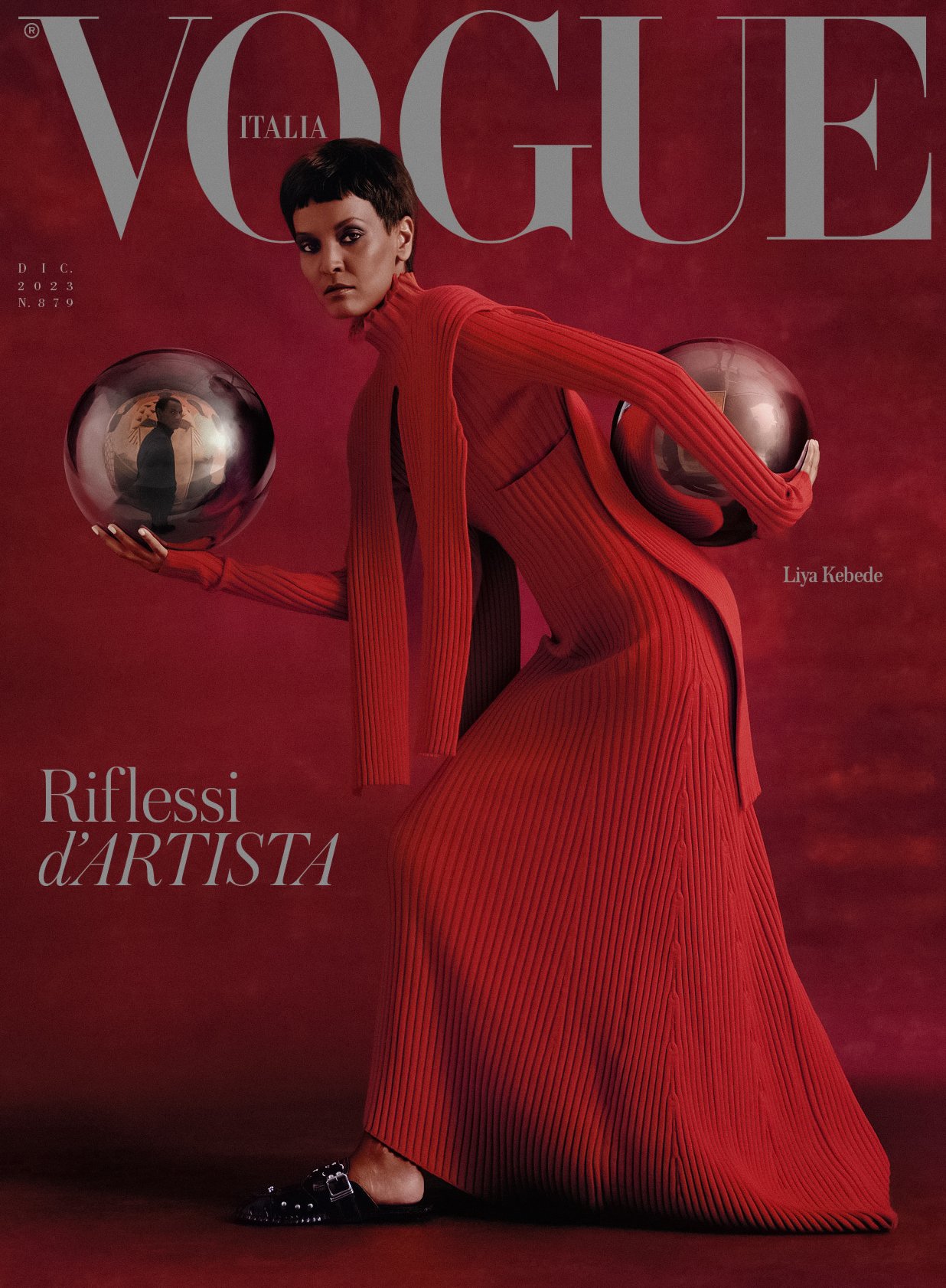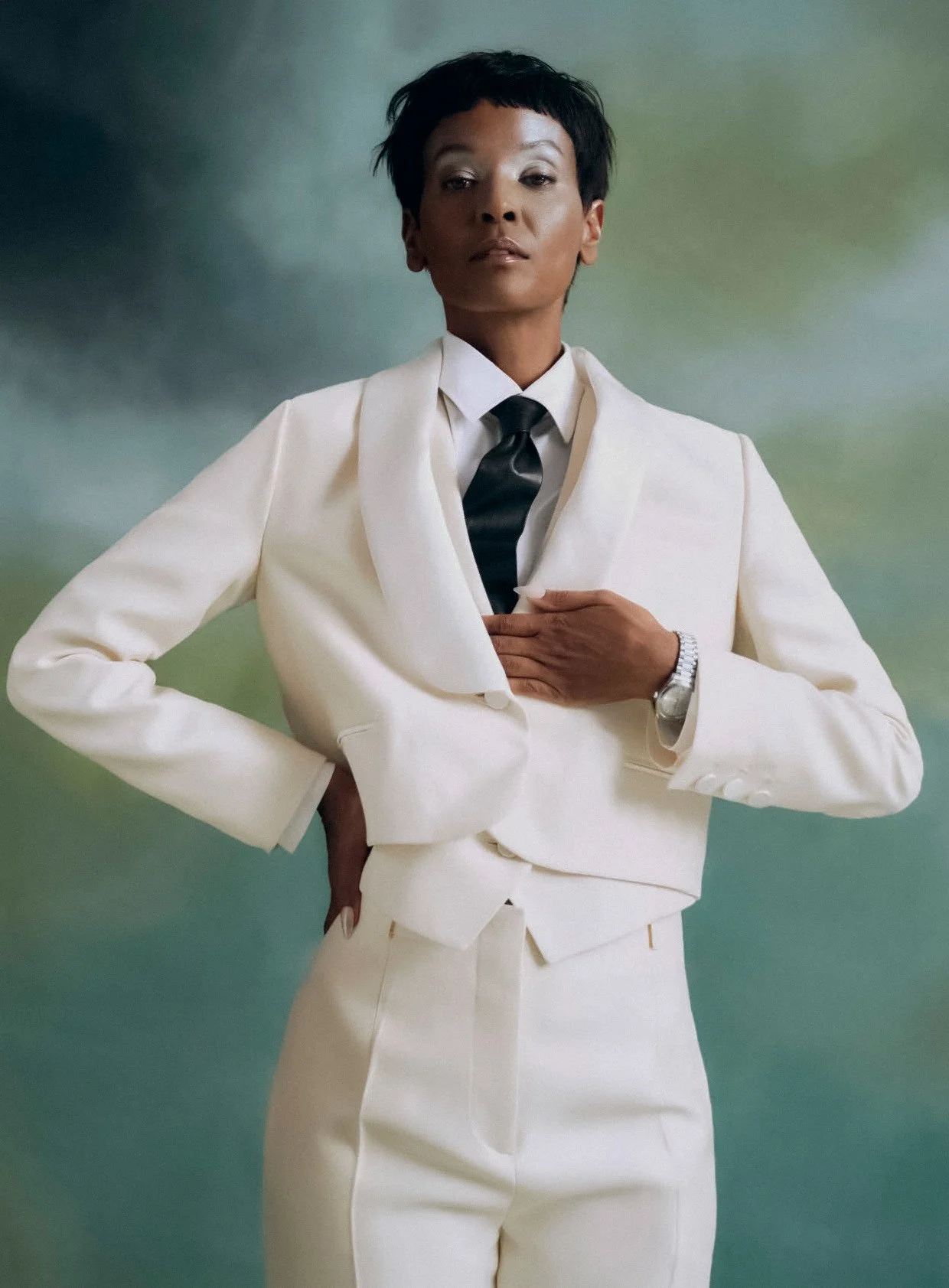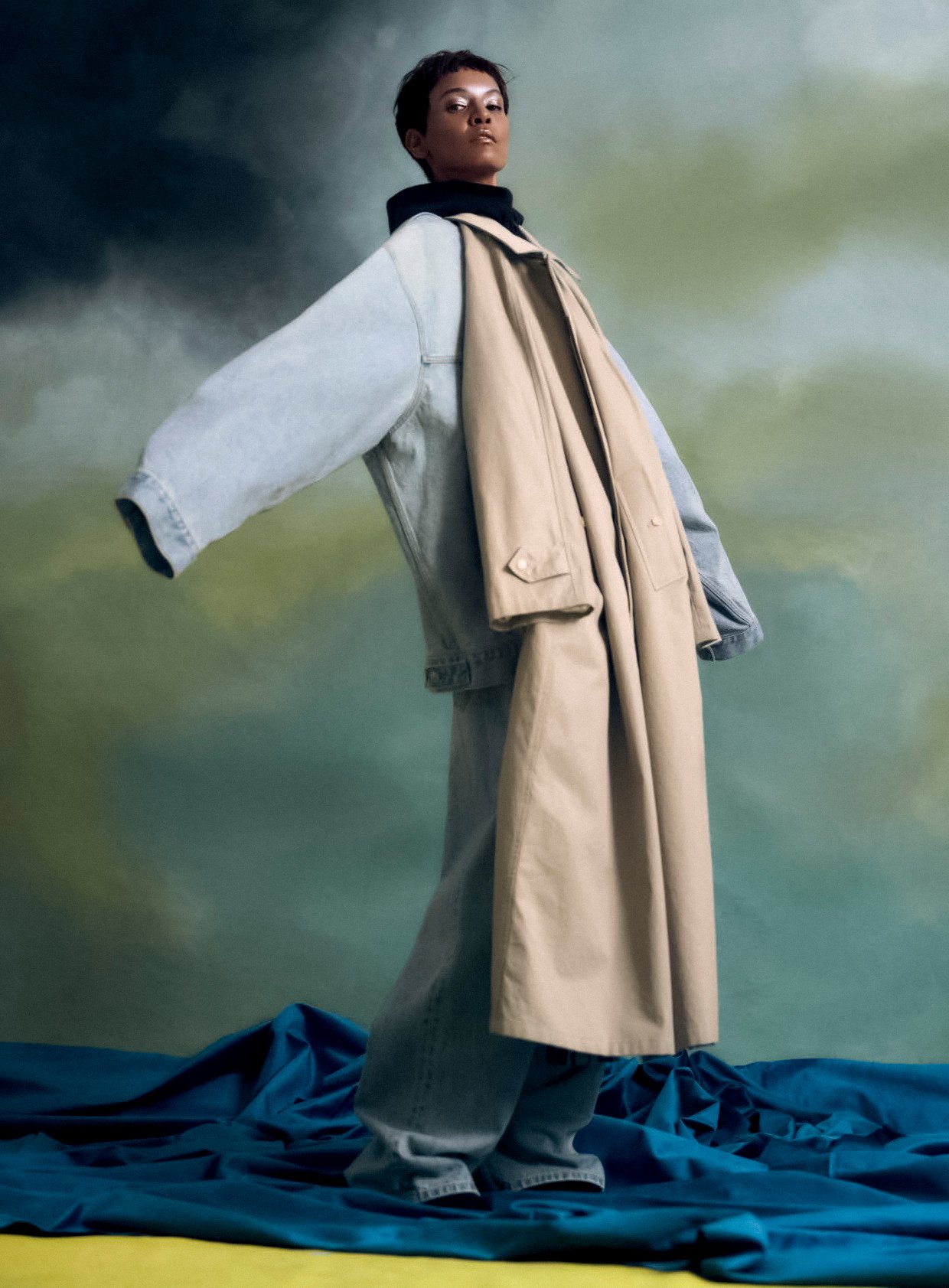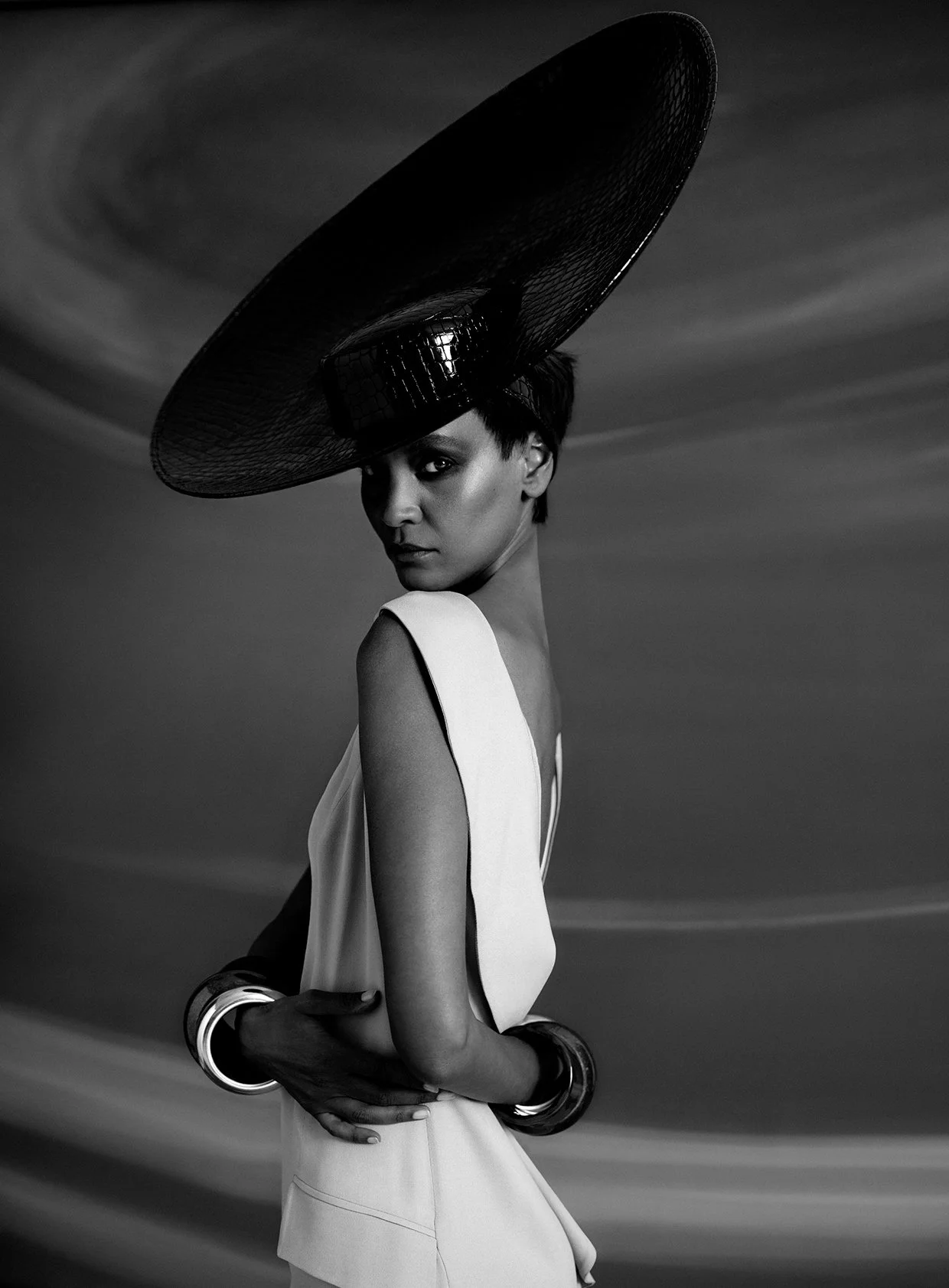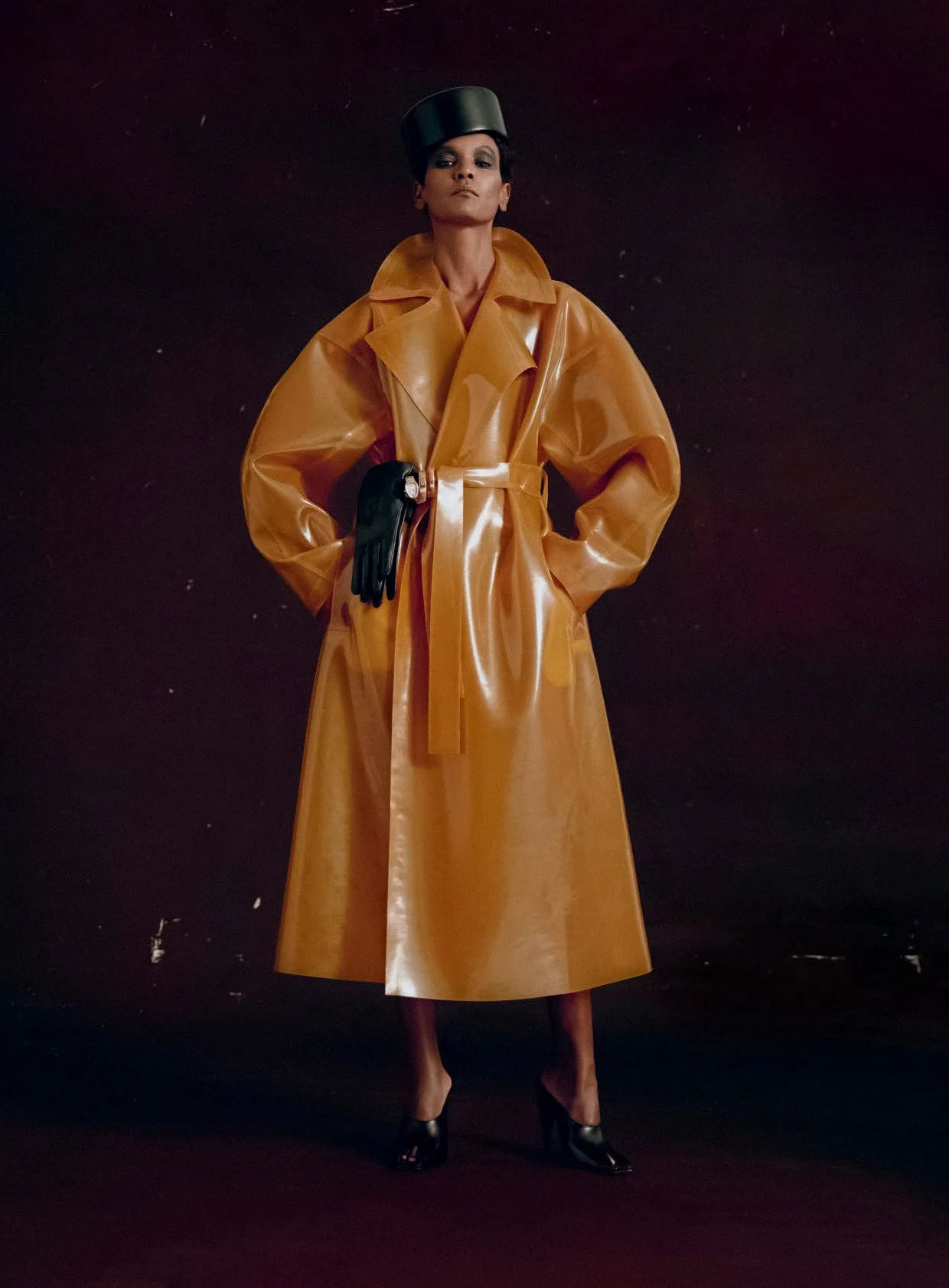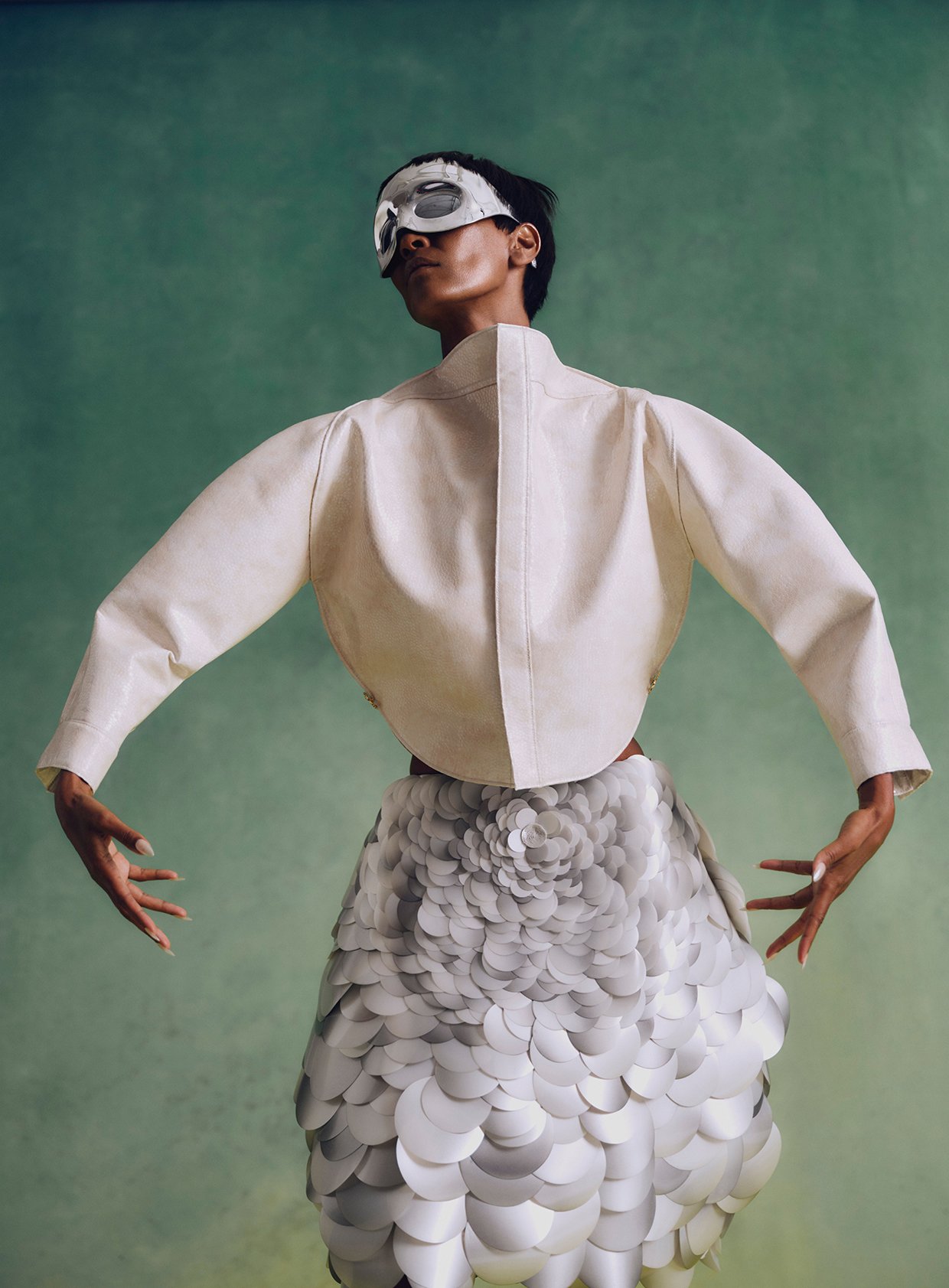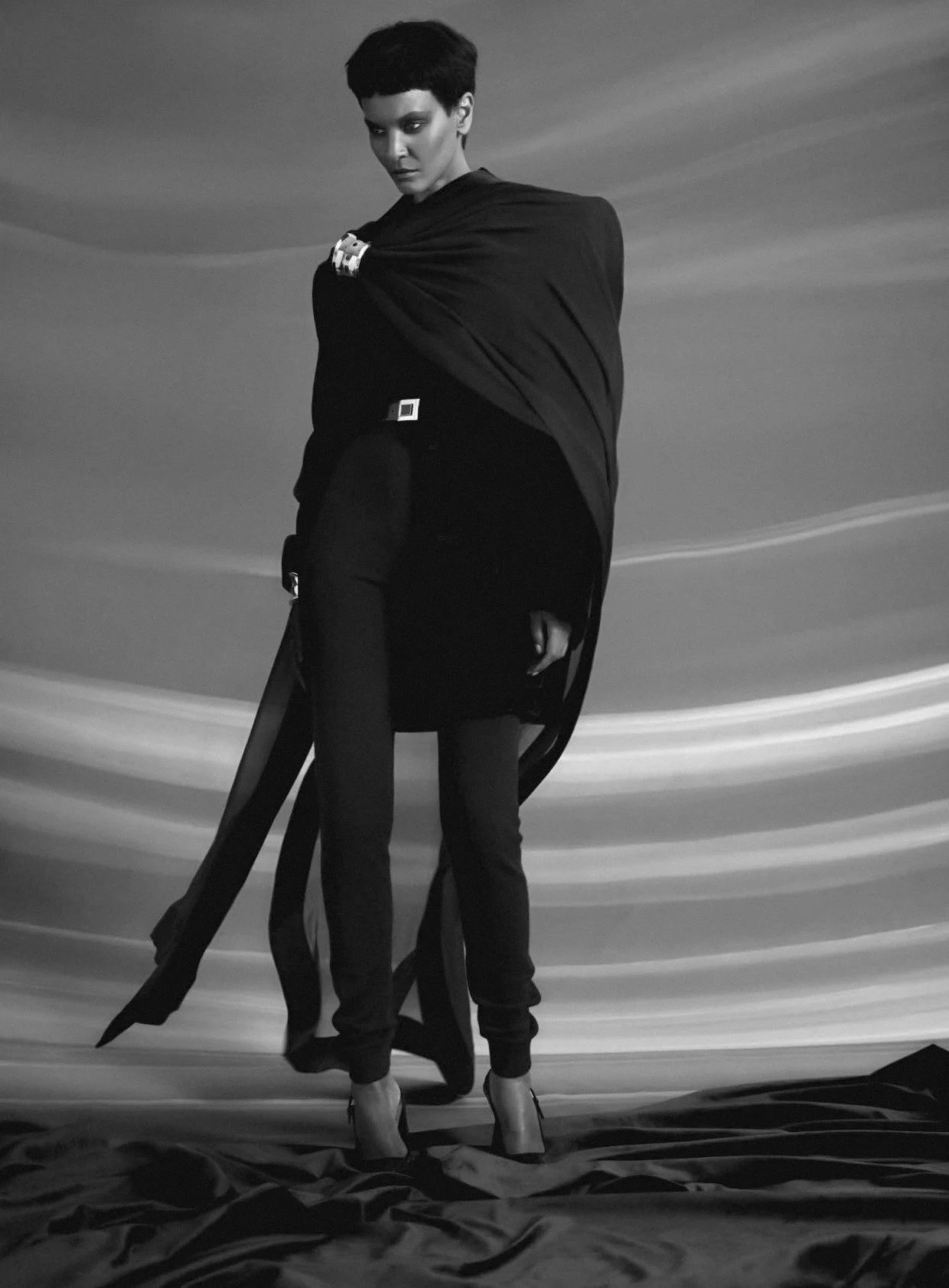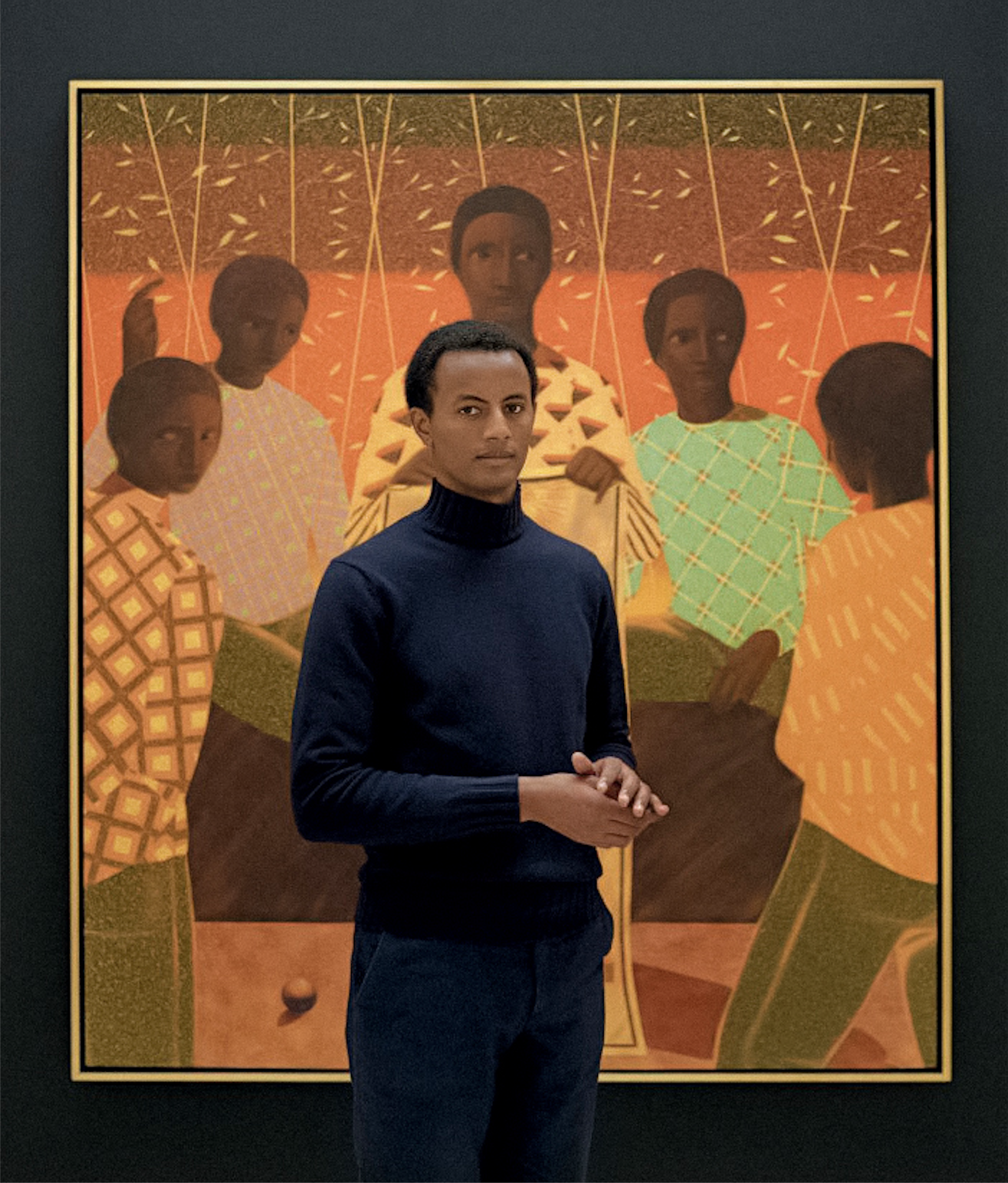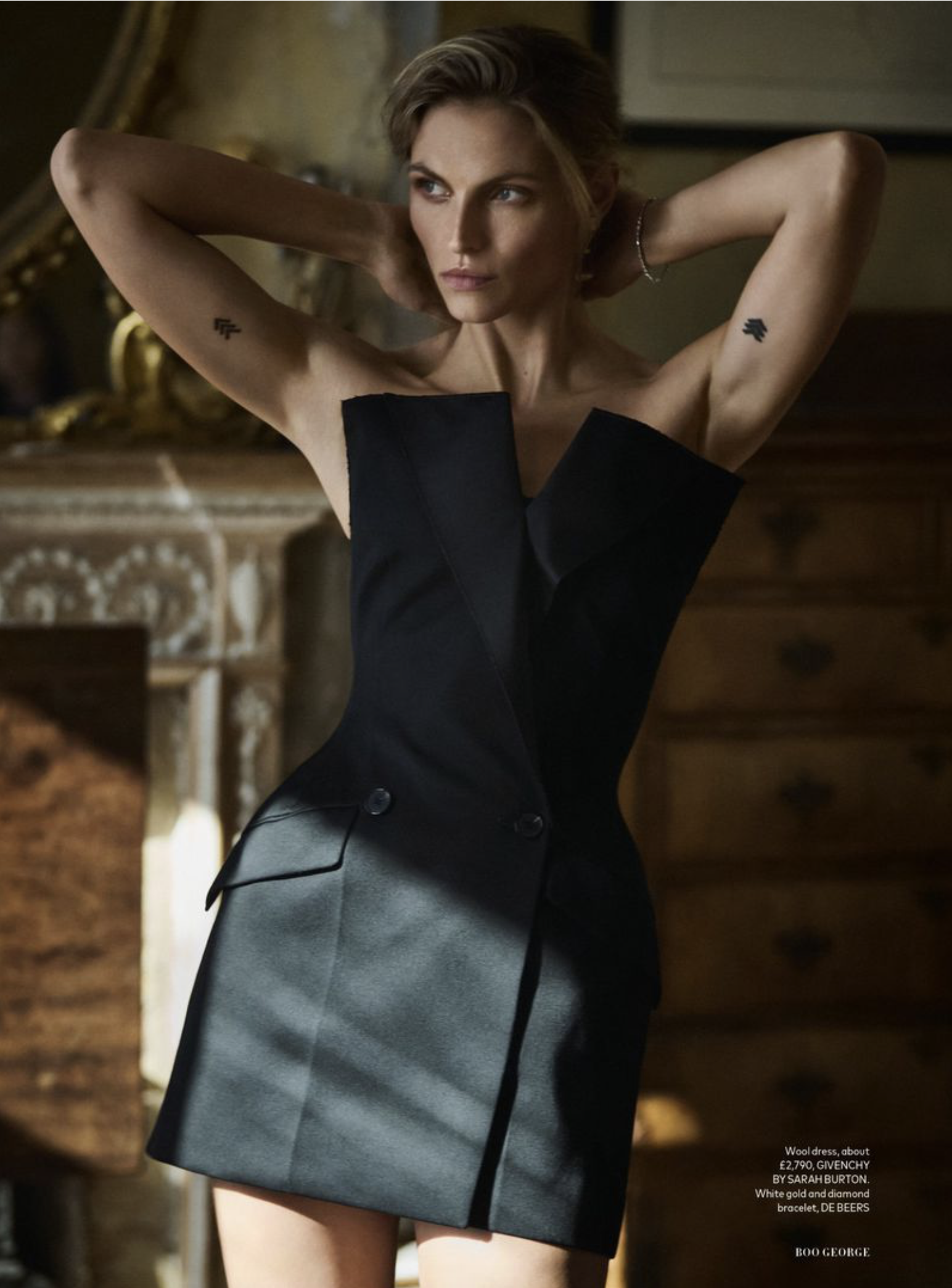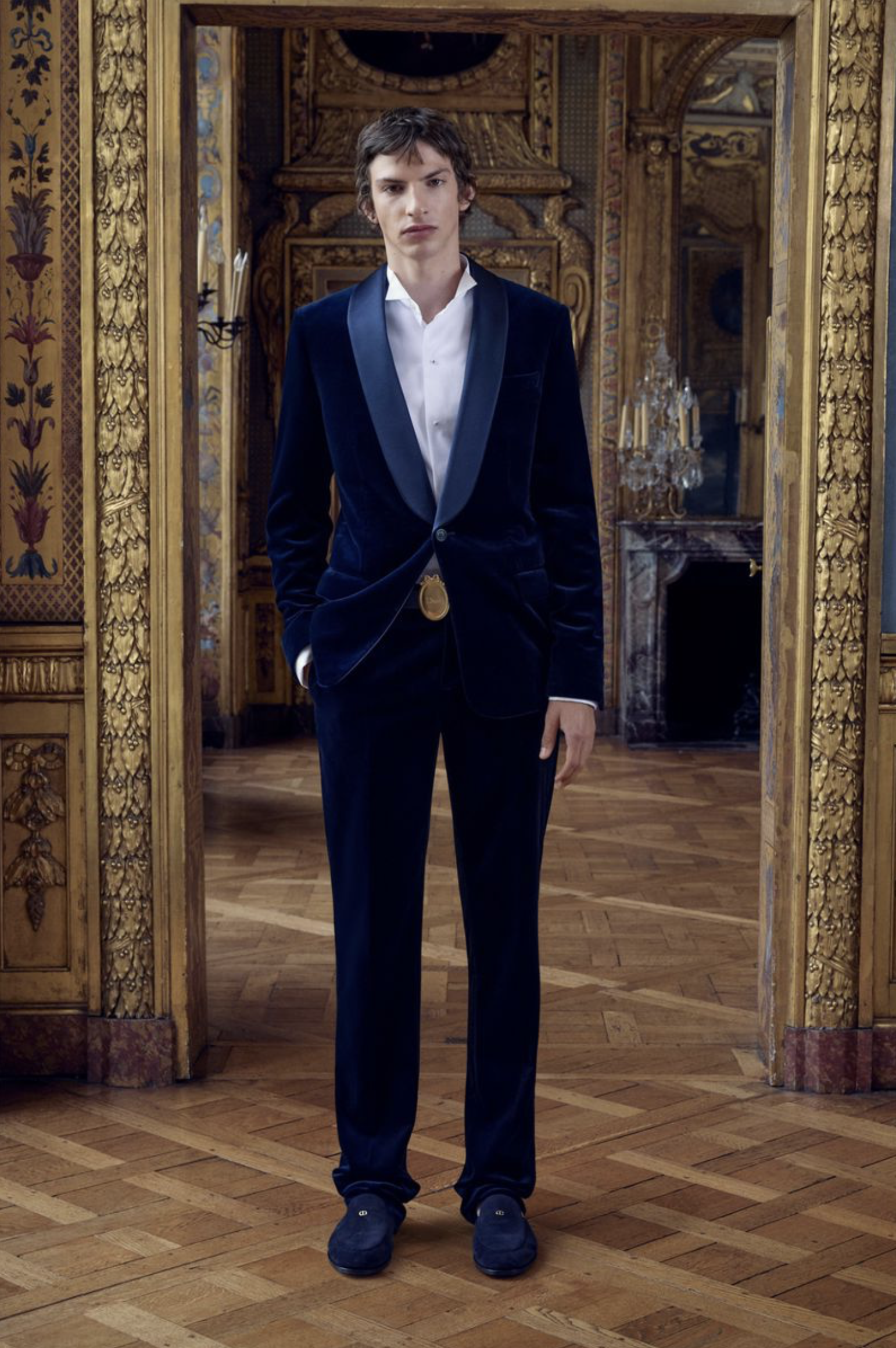Liya Kebede Covers Vogue Italia December 2023, Lensed by Campbell Addy
/Global citizen, top model, actor and Lemlem philanthropist Liya Kebede covers the December 2023 issue of Vogue Italia [IG]. Ethiopian-born, Kebede has served as a WHO Ambassador for Maternal, Newborn and Child Health since 2005 and now lives in New York.
Kebede was photographed by Campbell Addy [IG], who will receive the Isabella Blow Award for Fashion Creator at The Fashion Awards, which take place Dec. 4 at Royal Albert Hall in London.
In a creative narrative twist, Liya Kebede poses in an artwork by Milan-based artist Jem Perucchini, who is also of Ethiopian heritage. Liya wears YSL in that image, styled by Paris-based Ally Macrae, who worked on the entire fashion shoot.
The impression sought by Campbell Addy for the fashion shoot involved interpreting Kebede a Queen of Sheba with the most classic insignia of sovereignty, the sphere.
A machedà, worn by Liya in one photo, refers to the Venetian masks in papier mache, worn often at balls. As is always the case with prominent women in history — whatever our skin color — there is debate about whether the Queen of Sheba actually existed, as opposed to being a mythological figure.
In the rewriting of history accompanying the rise of patriarchy and male dominance, all women suffered a calamitous loss of power and prestige, finding themselves increasingly regarded as property. This ancient transition and fall from power was triggered by the three Abrahamic religions and their belief in a monotheistic male god who ran the show of life.
In 2012, the Harvard Divinity School’s bulletin weighed in with an essay by Wafaa Abdulaali, which underscores the significance of the Queen of Sheba. She is “one of the very few female figures who appear in the sacred texts of all three Abrahamic faiths: Judaism, Christianity, and Islam.”
Addendum
On a separate note, I just sent Lulu on an AI quest to confirm the role of masks in Venetian society, which date back to the 13th century.
We must remember that Venice, the most important place in the world to me, was a key center of the trading universe and a city in which Jews, Christians and Muslims flourished together.
Lulu’s answers didn’t surprise me, and I went one step further, asking her if merchants and traders of what we would today call Palestinian heritage [which can include all three religions, FYI] comprised a significant element of the global population living in and/or traveling in and out of 13th century Venice.
Lulu’s long and detailed explanation was affirmative. Then I asked her if Venice sits on a prominent global energy vortex. To be continued . . . Anne
